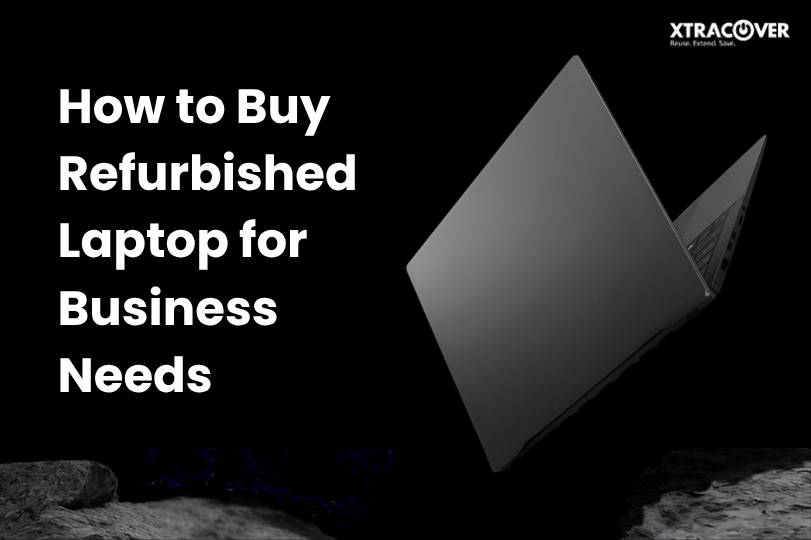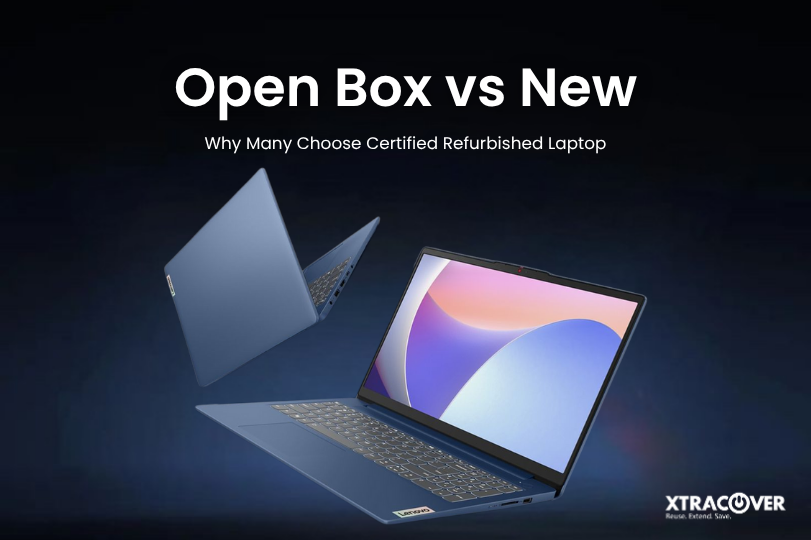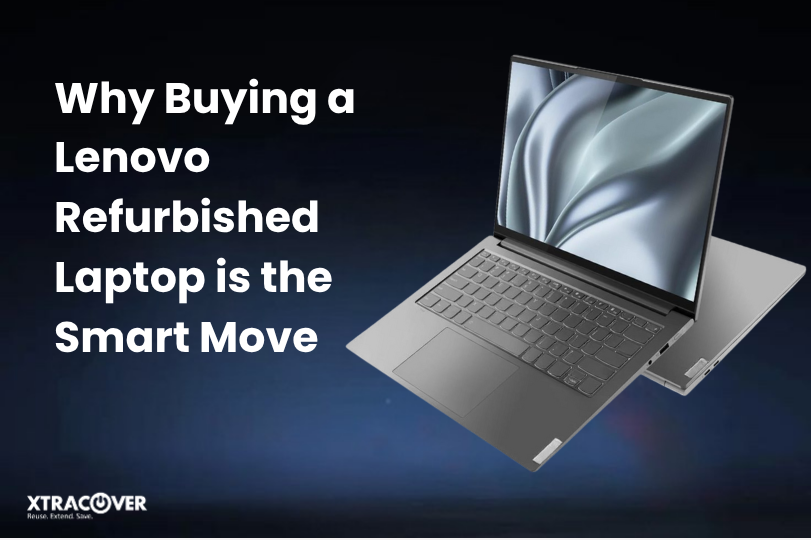Apple’s Worldwide Developers Conference (WWDC) has always been more than just an industry event. It’s the stage where Apple subtly shapes the direction of computing, mobility, privacy, and now, spatial technology. WWDC 2025 didn’t break that tradition; in fact, it may have marked a deeper shift.
WWDC 2025 wasn’t about revolutionary hardware. It was about deeper intelligence, cross-device awareness, and pushing the Apple ecosystem toward something more ambient and responsive than we’ve seen before. It was about making machines work in rhythm with our lives.
If you missed it, here’s a thorough look at what was announced and why it matters.
iOS 26: Smarter Where It Counts
Apple’s iOS 26 doesn’t scream for attention, but it quietly earns it. This update is less about flashy visuals and more about how intelligently your phone fits into your life.
At the heart of it is Apple Intelligence, a privacy-first layer of AI that lives entirely on your device. It’s designed to understand what you need when you need it, like pulling up your evening playlist before you even think to ask or offering message suggestions that actually reflect the tone of your conversation. Even the lock screen feels more alive now.
With Live Apps, you can track deliveries, approve bookings, or adjust smart devices, all without unlocking your phone. And through it all, your data stays where it belongs: with you. No server round-trips, no unnecessary data sharing, just smooth, intuitive help when you need it most. This is Apple stepping back from the noise and letting your iPhone do more with less fuss.
macOS 26 “Tahoe”: The Mac Just Got More Personal
With macOS 26, Apple seems to be nudging the Mac into a more fluid and human direction. Nicknamed “Tahoe”, this update doesn’t try to reinvent your Mac; it just makes everything you already do feel more natural and interconnected.
There’s a new Phone app that lets you handle iPhone calls directly from your Mac, with full access to voicemail, call screening, and even that handy Hold Assist. The entire system feels more aware of what’s going on around you. Live Activities bring real-time iPhone app updates into your Mac’s menu bar, so you’re not constantly switching devices to check things. Search has also quietly evolved.
It’s smarter, faster, and now acts more like a helpful assistant than a basic finder tool. Apple Intelligence adds layers of context throughout the OS, whether it’s suggesting documents, organising tasks, or streamlining reminders. Add to that a new Apple Games hub and custom folder options (yes, emojis included), and macOS 26 feels like a thoughtful step forward for people who live and work between tabs, meetings, and moods.
iPadOS 26: The Tablet Finally Grows Up
The iPad has always danced between being a consumption device and a productivity machine, and with iPadOS 26, it’s finally starting to settle into its full potential.
The update focuses on making multitasking feel like second nature. A sleek new windowing system lets you tile apps just the way you want, while the redesigned menu bar gives you quicker access to commands with a simple swipe or cursor gesture. It’s subtle but powerful, especially when paired with the much-improved external display support, which finally makes using a 4K monitor with your iPad feel seamless instead of awkward.
There’s also the arrival of the Preview app on iPad, meaning PDFs and image markup are now as easy here as they are on a Mac. And if you’re into gaming, the iPad gets its own version of the Apple Games app, with overlays, game organisation, and social features that feel right at home. Altogether, iPadOS 26 signals one thing: the iPad isn’t playing catch-up anymore. It’s ready to stand on its own.

watchOS 26: Your Wrist, Smarter and Sharper
The Apple Watch is slowly but surely becoming more than just a fitness tracker, and watchOS 26 makes that shift feel even more deliberate. With the Liquid Glass design flowing through the interface, the whole system feels more modern, more fluid. But it’s the features underneath that matter most.
A new AI-powered workout buddy acts like a voice coach who knows your routine and nudges you toward your goals with real-time feedback. Navigation gets easier, too; there’s a clever new wrist-flick gesture that lets you silence alarms, dismiss notifications, or just go back to your watch face without even touching the screen. Add adaptive notification volume and smarter stacks, and your watch suddenly feels more like a second brain than a second screen. Notes finally make their way to the Apple Watch (a much-needed upgrade), and the redesigned Workout app now gives you more control over your sessions, music, and mood. Overall, watchOS 26 isn’t trying to do more; it’s just making everything you already use feel smoother, smarter, and more “you”.
visionOS 26: Apple’s Spatial Bet Gets Real
If visionOS 1 was Apple’s proof of concept, visionOS 26 is where it starts feeling like a real platform. Spatial computing gets a major maturity boost here, especially with the ability to extend your Mac desktop across your room like a floating workspace.
It’s not just about projecting a screen; it’s about interacting with it in intuitive, physical ways. Shared spatial experiences take collaboration up a notch. Whether you’re watching a 3D film or co-working inside a digital room, multiple Vision Pro users can now engage with the same space, while remote users jump in via FaceTime.
New spatial widgets and AI-generated environments bring even static photos to life, transforming memories into multi-perspective, immersive landscapes. Apple’s also added native support for cameras like Insta360 and GoPro, making the headset more content-rich. And if you’re into gaming, the integration of PlayStation VR2 Sense Controllers signals a big leap toward full-bodied experiences. visionOS 26 doesn’t scream “mainstream” yet, but it’s undeniably moving that direction, with confidence and clarity.
Key Takeaways at a Glance
| Feature | Update Summary |
| iOS 26 | Apple Intelligence, call screening, spam detection, RGB chats |
| macOS 26 | Phone app, Live Activities, AI shortcuts, new gaming hub |
| iPadOS 26 | Multitasking UI, native Preview app, live translation |
| watchOS 26 | Workout Buddy, wrist gestures, Notes app |
| visionOS 26 | Shared spatial scenes, Safari 3D, photo-to-space generation |
FAQs
1. When will these updates roll out to users?
Public betas begin July 2025. Final releases are expected by September with the new device launches.
2. Is Siri 2.0 available on all devices?
Siri 2.0 requires the A15 Bionic or M1 chip and above for on-device processing.
3. Will older Macs support macOS 26 features like virtual environments?
Only Apple Silicon Macs (M1 and later) will support the full range of new features.
4. Can I use VisionOS 2 on the first-gen Vision Pro?
Yes. All Vision Pro devices will support the VisionOS 2 update.
5. Are third-party watch faces live yet?
Developers can start submitting designs now. Public availability rolls out later in 2025.
Final Thoughts
WWDC 2025 wasn’t loud. It was deliberate.
Apple isn’t just iterating on its products; it’s rethinking how we relate to them. The updates aren’t about screen size or new colours. They’re about intent, response, context, and trust.
The future Apple is building isn’t filled with new devices. It’s filled with smarter ones that understand what you need before you even touch them.

















